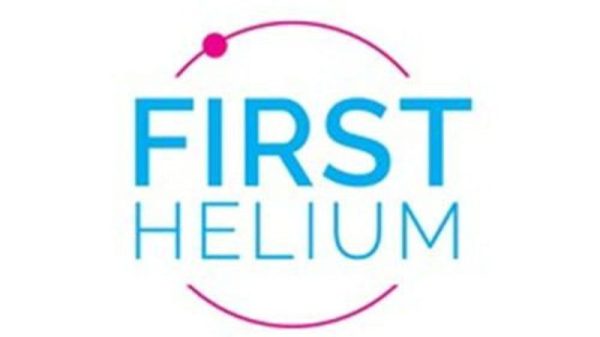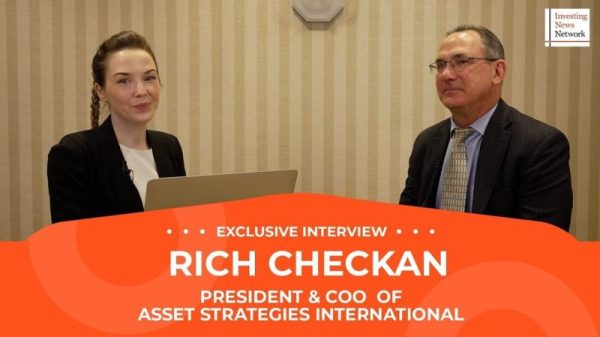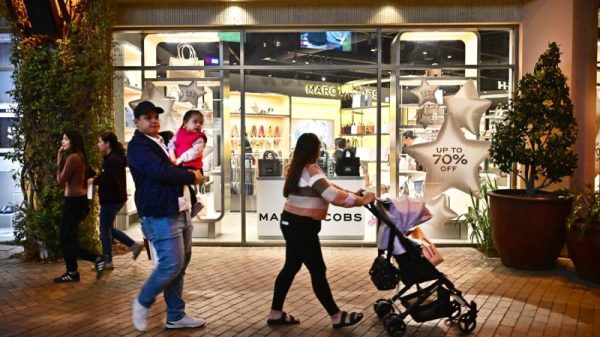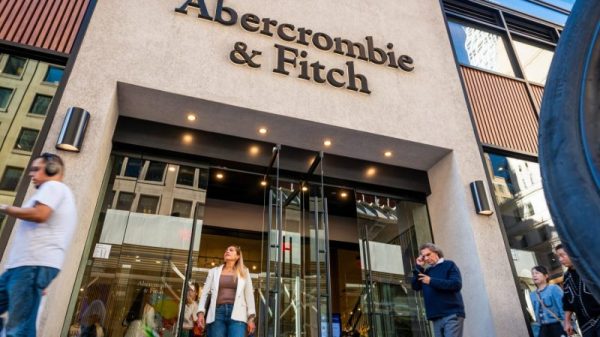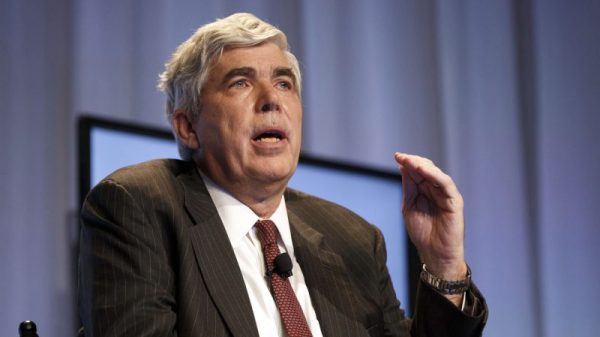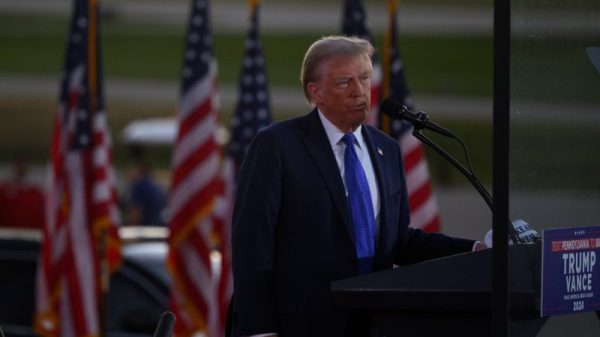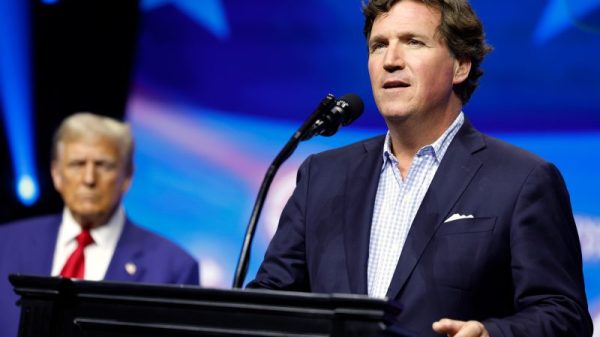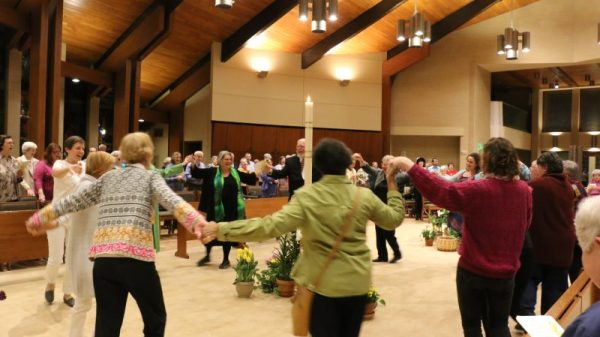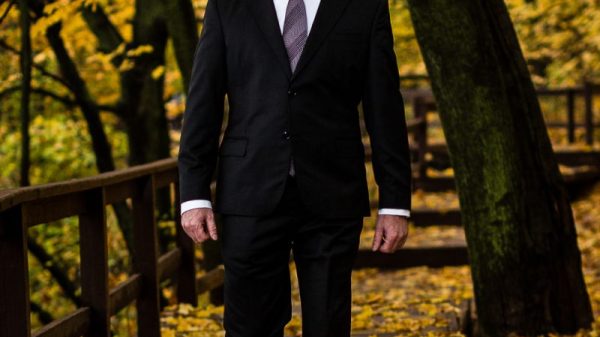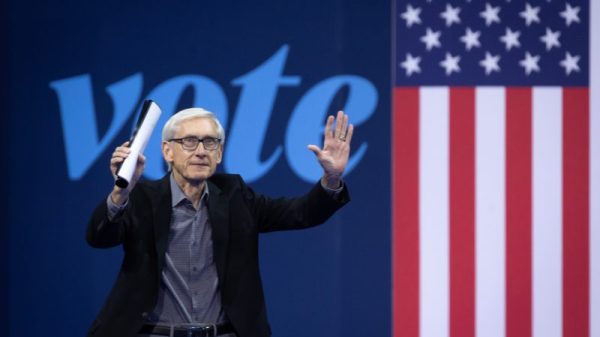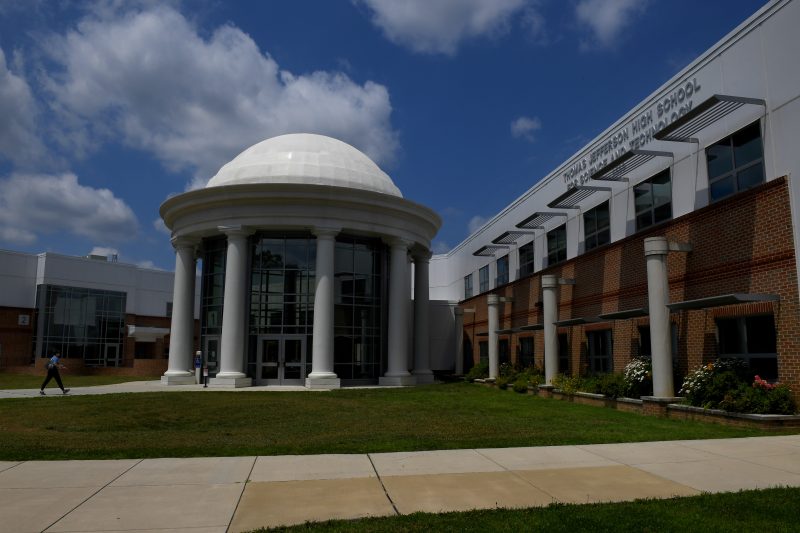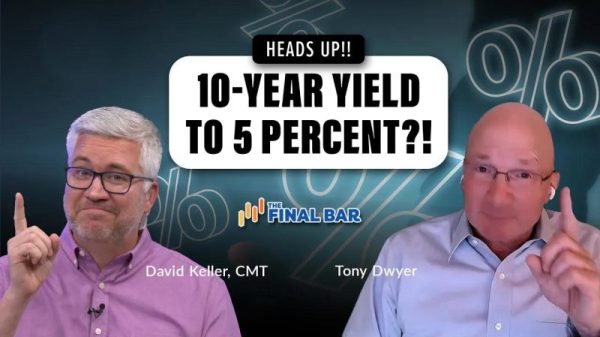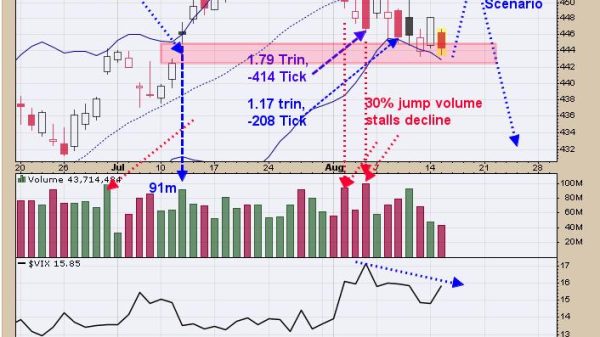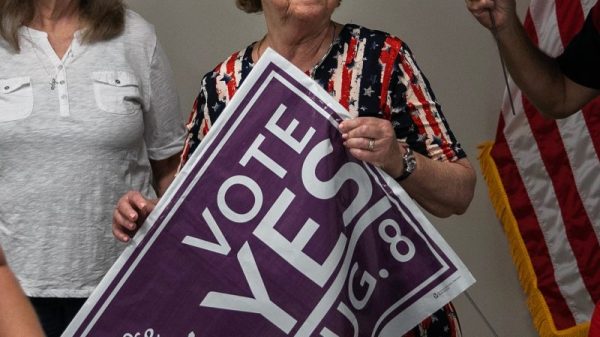The Supreme Court will not review a challenge to the admissions system for a prestigious Northern Virginia magnet school, ending a years-long legal battle in the case and signaling a majority of justices may not be ready to quickly revisit the issue of what role race can play in the selection of a student body.
The high court’s decision Tuesday not to take the case involving the Thomas Jefferson High School for Science and Technology follows its ruling last term rejecting race-conscious admissions programs at Harvard and the University of North Carolina. That historic decision rolled back decades of precedent and has dramatically changed how the nation’s private and public universities select their students.
Tuesday’s ruling also comes weeks after the Supreme Court refused to immediately force the U.S. Military Academy at West Point to change its race-conscious admissions policies, an issue it left open after the cases last summer.
“I think the Supreme Court is where the American public is,” said Richard D. Kahlenberg of George Washington University, an expert witness in favor of socioeconomic admissions who testified on behalf of the group that successfully challenged the Harvard and UNC practices. “They don’t like racial preference, but they do want racial diversity. And that’s why I think we won’t see the Supreme Court saying that race-neutral alternatives are illegal when racial diversity is part of the motive.”
The legal battle in Virginia was between a group of parents and the Fairfax County School Board over an admissions policy approved in 2020 and designed to boost diversity at Thomas Jefferson high — known locally as TJ — a magnet school that is often ranked as the best school in the country. The revised process used a more holistic review of applicants by considering what admissions experts call “race-neutral” factors, such as what neighborhood a student lives in and their socioeconomic status.
The new process also removed a notoriously difficult admissions test and $100 application fee, and reserved a set number of seats for students from each of Fairfax County’s middle schools. Applicants must have an unweighted grade-point average of at least 3.5 while taking higher-level courses, complete a problem-solving essay and submit a “Student Portrait Sheet.”
The first admitted class saw boosts in Black and Latino enrollment, as well as more low-income students, English-language learners and girls. The percentage of Asian American students dropped from around 70 percent to 50 percent, sparking accusations that the changes were designed to drive down Asian American enrollment. The parents’ group Coalition for TJ opposed the changes and filed a lawsuit against the school board in 2021, alleging that the new process was discriminatory.
A District Court judge initially sided with the parent group in 2022, calling Thomas Jefferson’s new admissions process “racial balancing” and “patently unconstitutional.” Then in May, a divided panel of the U.S. Court of Appeals for the 4th Circuit reversed the lower court’s decision, ruling in favor of the Fairfax school board and stating that the process did not discriminate against Asian American students — in part because a majority of admitted students still are Asian American.
On Tuesday, Fairfax County School Board Chair Karl Frisch again defended the updated admissions policy: “We have long believed that the new admissions process is both constitutional and in the best interest of all of our students. It guarantees that all qualified students from all neighborhoods in Fairfax County have a fair shot at attending this exceptional high school,” he said in a statement.
As is common in court orders, the Supreme Court majority did not provide a reason for allowing the appeals court’s decision to stand. But the case drew a sharp dissent from two conservatives — Justices Samuel A. Alito Jr. and Clarence Thomas — who said that the lower court was wrong to uphold the policy and that they would have reviewed the case.
What the lower court “held, in essence, is that intentional racial discrimination is constitutional so long as it is not too severe. This reasoning is indefensible, and it cries out for correction,” wrote Alito, joined by Thomas.
Alito took issue with the 4th Circuit’s reasoning, saying it “effectively licenses official actors to discriminate against any racial group with impunity as long as that group continues to perform at a higher rate than other groups.”
He characterized public magnet high schools as “engines of social mobility” for minorities and the children of immigrants, adding that the “majority’s fallacious reasoning works a grave injustice on diligent young people who yearn to make a better future for themselves, their families, and our society.”
Similar legal challenges to admissions-based high schools have been filed around the country and have been watched as a possible next frontier of admissions challenges after the Supreme Court’s decision in the Harvard and UNC cases in June. In his dissent, Alito wrote that Thomas Jefferson’s admissions policy could become a road map for other selective schools to evade last year’s Supreme Court decision.
The Pacific Legal Foundation, which represents the Coalition for TJ, said in a statement that it will continue to fight race-based admissions in public elementary, middle and high schools, with cases underway in Boston, New York City and Montgomery County, Md.
Asra Nomani, a co-founder of the Coalition for TJ and parent of a 2021 graduate of the school, said the court’s decision felt like a gut punch but would not be the end of their fight. Nomani said the coalition planned to continue supporting families around the country who want to challenge similar issues at their schools.
“We’ve been in this long battle and had a real faith in the American justice system,” Nomani said in an interview. “And so it’s shocking and devastating that the Supreme Court that ruled race couldn’t be used as a factor in admissions in colleges allows for this proxy discrimination that we see used in the admissions policy at TJ.”
Virginia Gov. Glenn Youngkin (R) also criticized the court’s decision, saying the TJ admissions policy “penalizes high-performing students in the name of equity. This nation was built on the idea of building a better future through hard work and determination, and we should recommit to those ideals.”
But for advocates of the new admissions process, the decision Tuesday was a victory. Jiunwei Chen, vice president of the TJ Alumni Action Group, an organization that pushed for the admission changes, said the decision felt like a “sigh of relief” that their legal fight had come to an end. Chen recognized, however, that the larger battle might not be over.
“There’s been a lot of back-and-forth around affirmative action. It is very much a hot topic and will continue to be so,” Chen said. “Even though it might be, knock on wood, over for TJ, it is definitely not over for other schools.”
Sonja Starr, a law professor at the University of Chicago who closely followed the TJ case, said it involved complicated legal questions that have yet to be answered over whether racial diversity could be a motivating factor in an admissions process. She anticipates more cases challenging “race-neutral” admissions, especially as universities and colleges look for ways to create diverse campuses without considering race in admissions.
“The big questions are, when a school tries to preserve racial diversity in a conscious way but using tools that don’t discriminate among applicants by race, is that going to be considered affirmative action in disguise of the sort that the Supreme Court warned against” in the Harvard and UNC decisions, Starr asked. “Or is that going to be considered the kind of routine and benign pursuit of diversity that schools have routinely engaged in?”
Tuesday’s ruling was the second time the high court had been asked to weigh in on the TJ case.
In 2022, when Fairfax schools appealed the district court’s ruling, the 4th Circuit granted a request for the school division to continue using the new admissions system while the legal battle continued. The Coalition for TJ then asked the Supreme Court in an emergency request to block school administrators from using the policy. The high court declined, but three justices indicated that they disagreed with the decision.
The Supreme Court subsequently issued its ruling in June in the Harvard and UNC cases. The high court could have sent the Thomas Jefferson case back to the 4th Circuit to review in light of that decision but chose not to do so.
The revised admissions process has been in place since the first class was admitted under it in 2021. In the last group of admission offers, economically disadvantaged students made up 11.64 percent of the class. About 43.4 percent were female, and 57.6 percent were male. Asian American students made up about 61.6 percent of the offers, with White students receiving 19 percent. Black received 6.7 percent of offers, and Hispanic students 6.0 percent.
The case is Coalition for TJ v. Fairfax County School Board.


